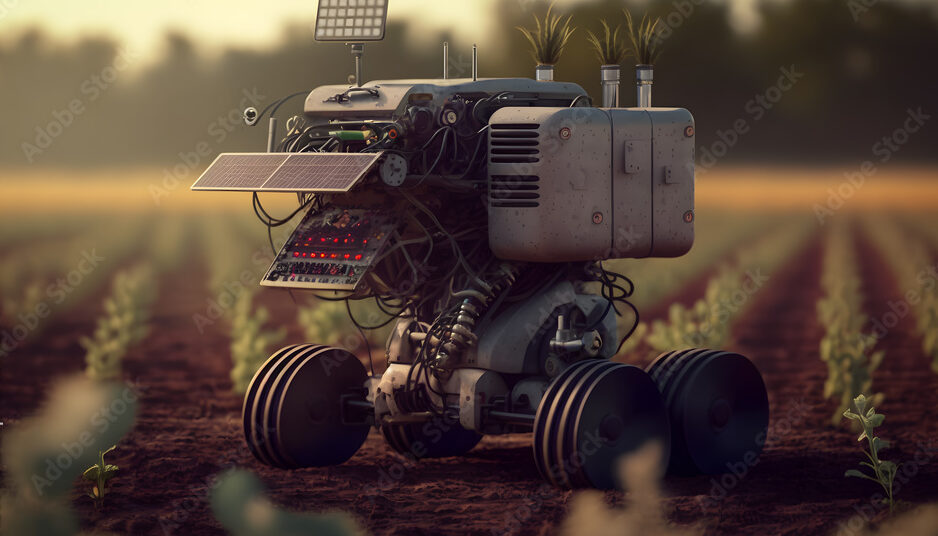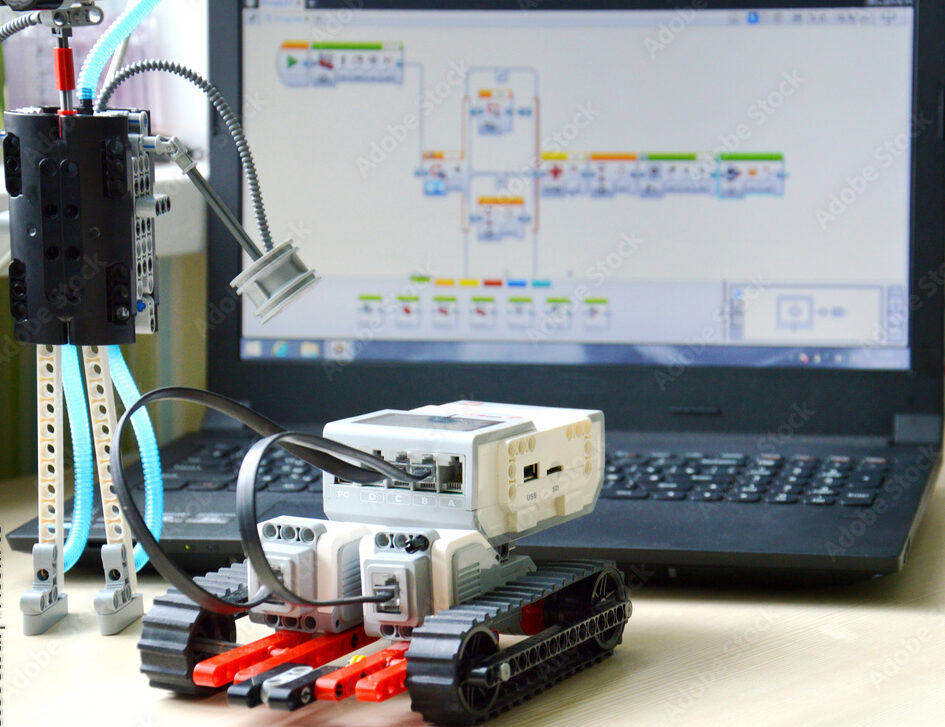Introduction:
In the rapidly evolving landscape of technology, drones and robotics have emerged as two of the most transformative innovations of the 21st century. These cutting-edge technologies are reshaping industries, from agriculture to healthcare, and are fundamentally changing the way we live and work. In this blog post, we will explore the incredible impact of drones and robotic technology across various sectors and how they are shaping our future.

Drones: Beyond Aerial Photography
Once primarily associated with aerial photography and recreational use, drones have evolved into powerful tools with diverse applications. Let’s delve into some of the remarkable ways drones are making a difference:
21. Agriculture:
Drones equipped with multispectral cameras and sensors are revolutionizing agriculture. They can monitor crop health, detect pests, and optimize irrigation. This precision agriculture not only boosts yields but also reduces the need for pesticides and water, promoting sustainability.
2.2 Search and Rescue:
In disaster-stricken areas, drones play a vital role in search and rescue operations. They can access remote or hazardous locations, scan for survivors, and deliver supplies. These unmanned aerial vehicles are saving lives in situations where human intervention is challenging.
2.3 Environmental Conservation:
Conservationists use drones to monitor wildlife, track deforestation, and combat poaching. Their ability to cover large areas quickly and quietly is invaluable in protecting our planet’s precious ecosystems.
2.4 Healthcare:
Medical drones are emerging as a game-changer in healthcare logistics. They can transport medical supplies, organs for transplant, and even provide emergency medical assistance in remote areas. This technology promises to increase the speed and efficiency of healthcare delivery.

Robotics: Beyond Automation
Robotics is another field that has come a long way since its inception. Beyond automating repetitive tasks in manufacturing, robotics now encompasses a wide range of applications:
3.1 Healthcare:
Robotic surgery systems allow for unprecedented precision in surgical procedures, reducing recovery times and minimizing the invasiveness of surgeries. Robots are also aiding in physical therapy and providing companionship to the elderly.
3.2 Manufacturing:
Industrial robots have become more agile and collaborative. They work alongside human operators, enhancing productivity and safety. 3D printing robots are also revolutionizing manufacturing processes, making customization easier and more accessible.
3.3 Logistics and Warehousing:
E-commerce giants rely on robots for order fulfillment and warehouse management. These robots can efficiently pick, pack, and transport goods, reducing costs and delivery times.
3.4 Space Exploration:
Robotic technology plays a crucial role in space exploration. Robotic rovers, like NASA’s Curiosity and Perseverance, are exploring the Martian surface, gathering data, and paving the way for potential human missions.
Synergy Between Drones and Robotics
The convergence of drone and robotic technology is opening up exciting possibilities. For instance:
- Agriculture: Drones can identify areas in need of attention, and robots can perform precise actions, like planting and harvesting.
- Environmental Monitoring: Drones can scout remote areas, and robots can be deployed for detailed data collection and analysis.
- Delivery Services: Drones can cover the last-mile delivery, and robots can handle doorstep interactions.

The Challenges Ahead
While the potential of drones and robotics is immense, there are challenges to overcome. These include regulatory issues, privacy concerns, and the need for advanced AI to enhance autonomy. Additionally, ethical considerations surrounding job displacement and safety must be addressed.
Final Thoughts
Drones and robotic technology are not just futuristic concepts; they are already reshaping the way we live and work. From saving lives in disaster-stricken areas to improving healthcare outcomes and enhancing productivity across industries, these technologies are catalysts for progress. As we navigate this ever-evolving landscape, it is crucial to strike a balance between innovation and responsibility, ensuring that the benefits of these technologies are accessible and equitable for all. The future promises even more exciting developments as drones and robots continue to transform our world.
